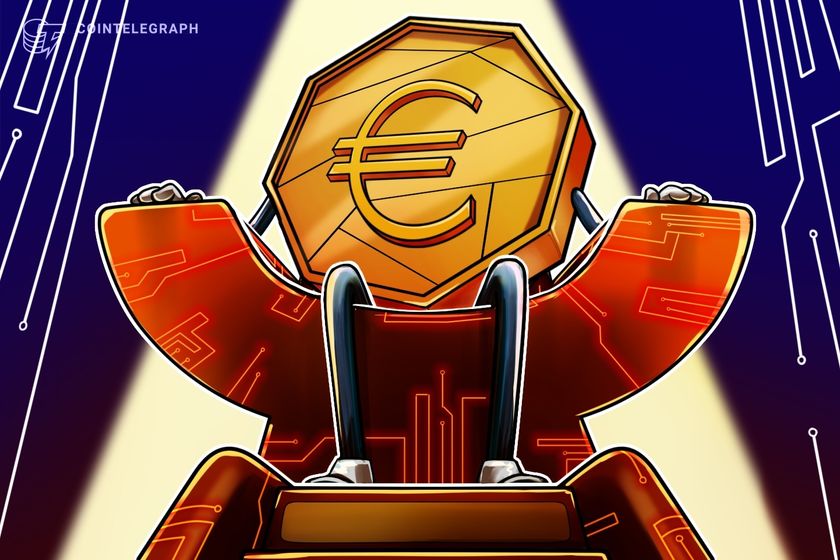German asset manager DWS joins Galaxy to issue euro stablecoin


AllUnity, a new joint venture by DWS, Galaxy, and Flow Traders, plans to issue the euro stablecoin on all major public permissionless L1s and L2s, as well as DeFi use cases.
Deutsche Bank’s asset management arm, DWS, is forming a new venture with Michael Novogratz’s Galaxy Digital and Flow Traders to jointly issue a euro-denominated stablecoin.
DWS Group officially announced on Dec. 13 the plan to form AllUnity as part of a new partnership between DWS, Flow Traders, and Galaxy to launch a “fully collateralized” euro stablecoin.
AllUnity’s operations will be regulated by the German Federal Financial Supervisory Authority, or BaFin, the announcement notes. AllUnity’s longer-term focus will be to accelerate mass adoption of digital assets and tokenization.


















